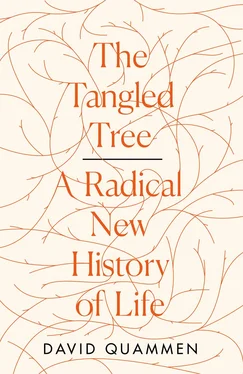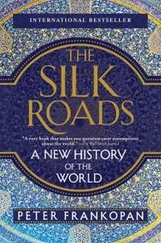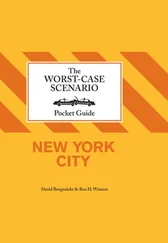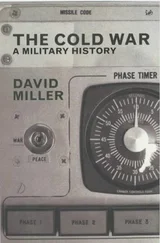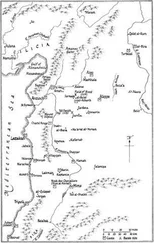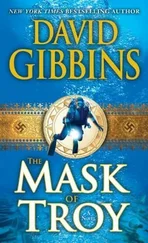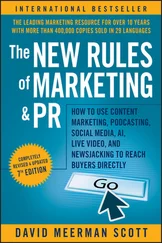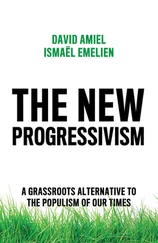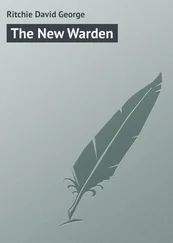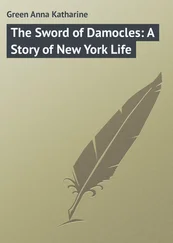No one could say, not in 1967, how many times such a fateful combining had occurred during the early eras of life, but it must have been very rare that the resultant amalgams survived for the long term. Later, there would be ways of addressing that question. Sagan left it open. Microscopy, which was her primary observational mode of research, couldn’t answer it.
The little entities on the inside of such cells had begun as bacteria, she argued. They had become organelles—working components of a new, composite whole, like the liver or spleen inside a human—with fancy names and distinct functions: mitochondria, chloroplasts, centrioles. Mitochondria are tiny bodies, of various shapes and sizes but found in all complex cells, that use oxygen and nutrients to produce the energy packets (molecules known as adenosine triphosphate, or ATP) for fueling metabolism. ATP molecules are carriers of usable energy, like rechargeable AA batteries; when the ATP breaks into smaller pieces, that energy is released for use. Mitochondria are factories that build (or recharge) ATP molecules. To drive the production, mitochondria respire, like aerobic bacteria. Chloroplasts are little particles—green, brown, or red—found in plant cells and some algae, that absorb solar energy and package it as sugars. They photosynthesize, like cyanobacteria. Centrioles are crucial too, but for now, I’ll skip the matter of how. All these components, Sagan wrote, resemble bacteria by no coincidence but rather for a very good reason: because they evolved from bacteria.
The bigger cells, within which the littler cells were subsumed, had been bacteria too (or possibly archaea, though that distinction didn’t exist at the time). They were the hosts for these endosymbioses. They had done the swallowing, the getting infected, the encompassing, and had offered their innards as habitat. The littler cells, instead of being digested or disgorged, took up residence and made themselves useful. The resulting compound individuals were eukaryotic cells.
Конец ознакомительного фрагмента.
Текст предоставлен ООО «ЛитРес».
Прочитайте эту книгу целиком, купив полную легальную версию на ЛитРес.
Безопасно оплатить книгу можно банковской картой Visa, MasterCard, Maestro, со счета мобильного телефона, с платежного терминала, в салоне МТС или Связной, через PayPal, WebMoney, Яндекс.Деньги, QIWI Кошелек, бонусными картами или другим удобным Вам способом.
